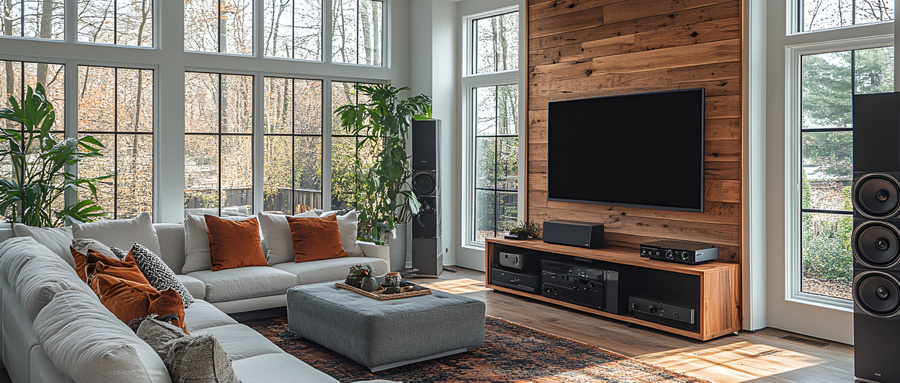If you’re considering enhancing your home’s ventilation system, you might have come across the term ERV, which stands for Energy Recovery Ventilator. But when exactly do you need an ERV? Understanding this can significantly improve your home’s comfort and efficiency.
An ERV is a type of mechanical ventilation system with heat recovery. It works by exchanging stale indoor air with fresh outdoor air while recovering the energy from the outgoing air. This process is crucial in maintaining a healthy indoor environment, especially in homes that are tightly sealed for energy efficiency.
One of the primary reasons to install an ERV is to improve indoor air quality. In homes without proper ventilation, contaminants like pollutants, odors, and moisture can build up, leading to unhealthy living conditions. An ERV introduces a continuous supply of fresh air while minimizing energy loss through its mechanical ventilation with heat recovery capabilities.
During colder months, the ERV captures the heat from the outgoing stale air and transfers it to the incoming fresh air. Similarly, in warmer weather, it pre-cools the incoming air using the cooler outgoing air. This process not only ensures a comfortable indoor temperature but also reduces the workload on your HVAC system, leading to energy savings.
If you live in a climate with extreme temperatures or have a home that’s tightly sealed for energy efficiency, an ERV can be a game-changer. By incorporating mechanical ventilation with heat recovery, you’re not only enhancing your home’s air quality but also making it more energy-efficient.
In summary, an ERV is an essential addition to your home if you want to improve indoor air quality and reduce energy consumption. With its mechanical ventilation system with heat recovery, it ensures a healthier and more comfortable living environment.
Post time: Oct-22-2024







